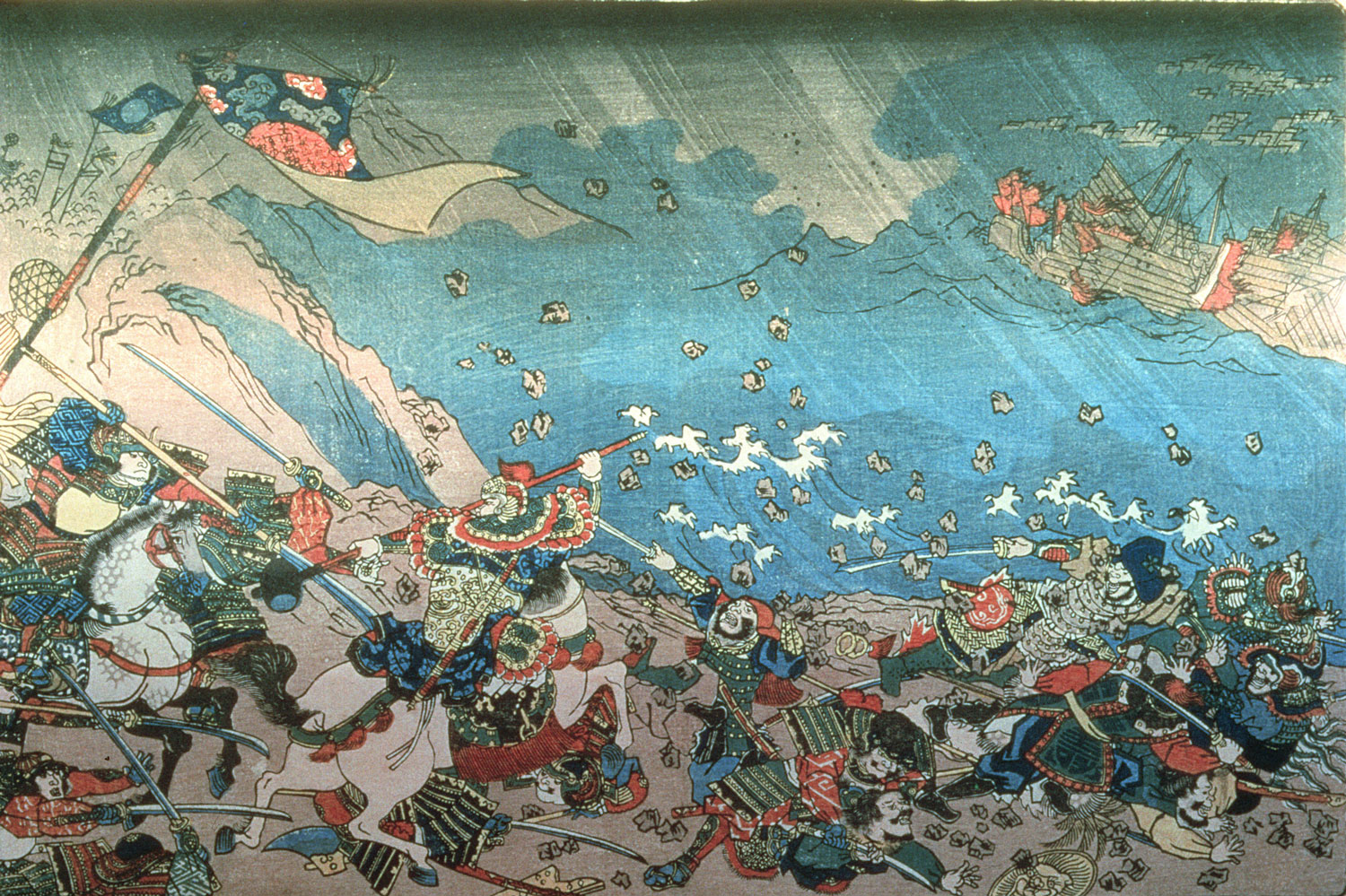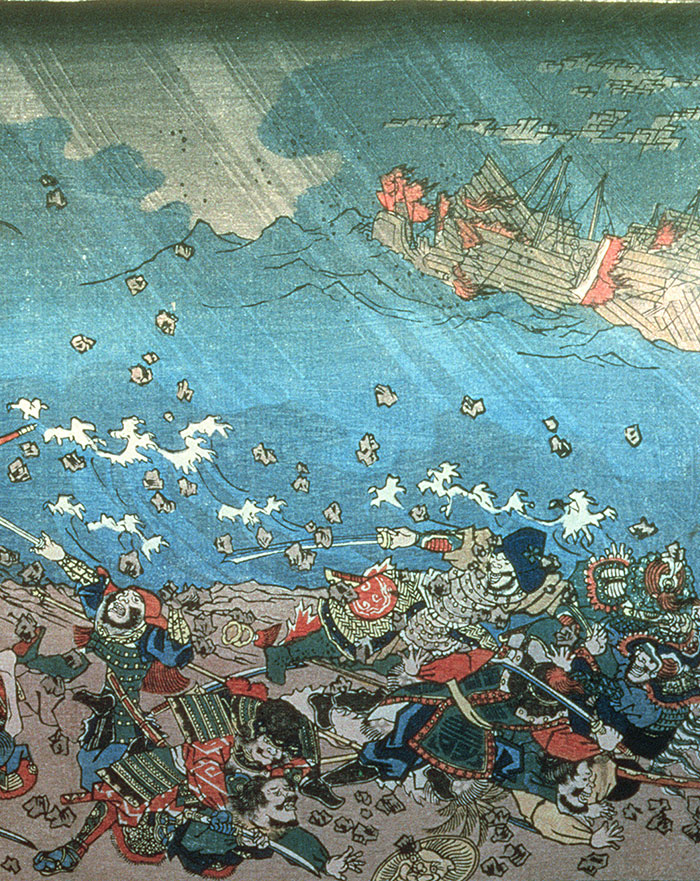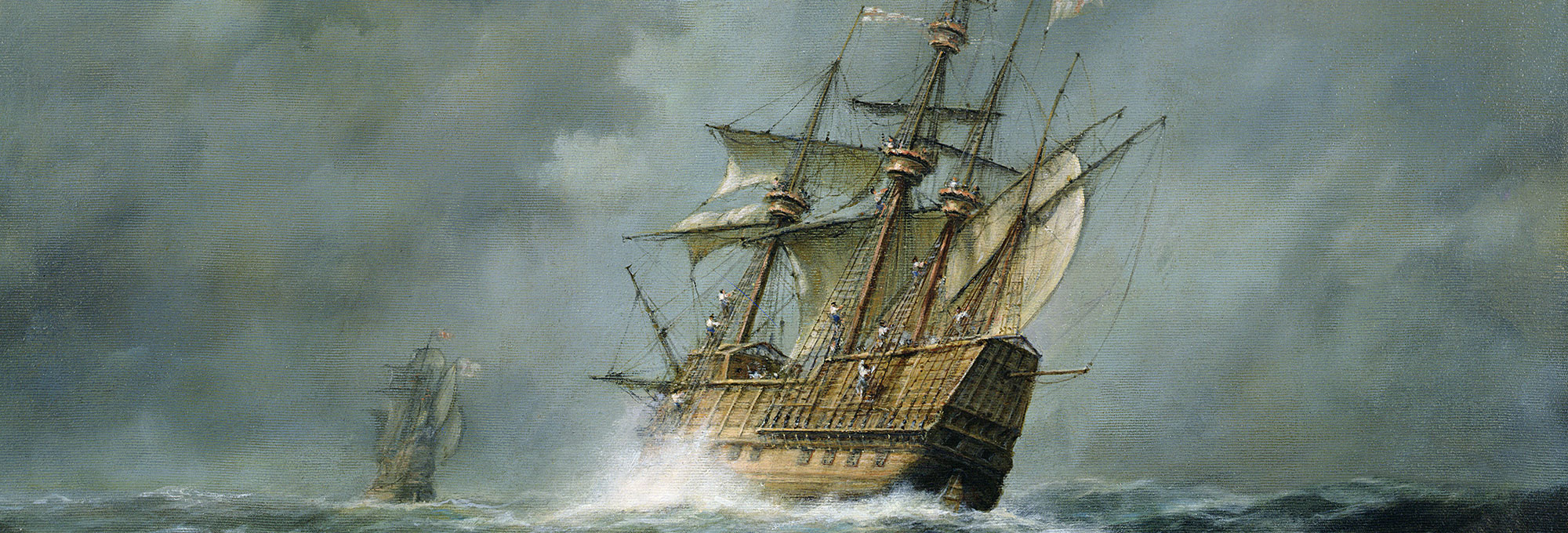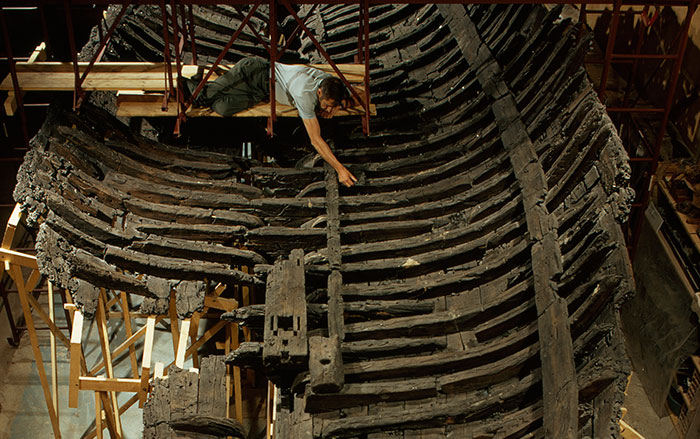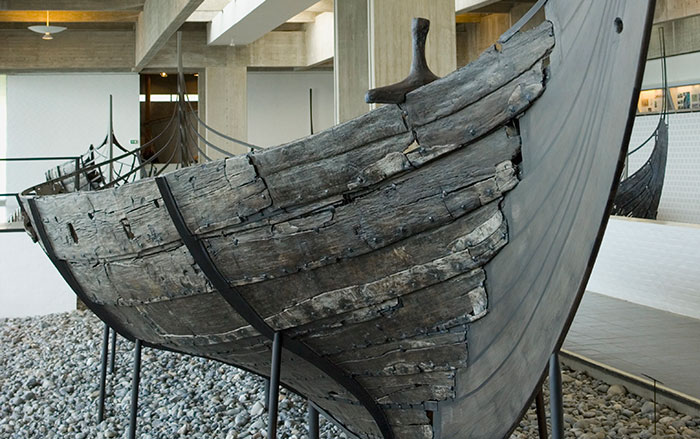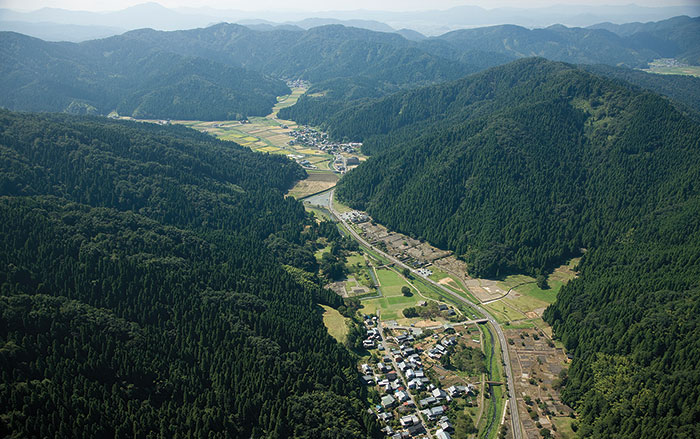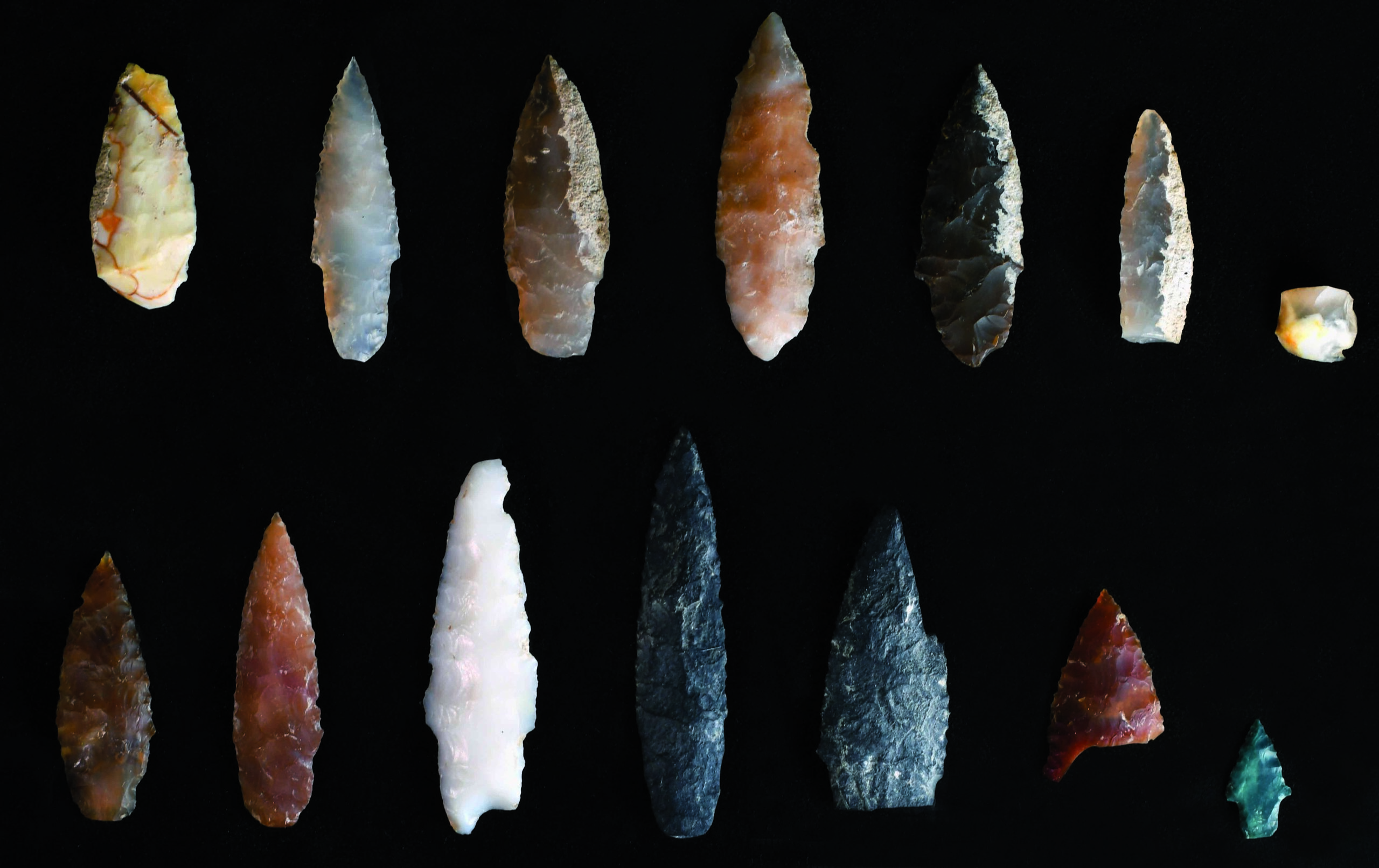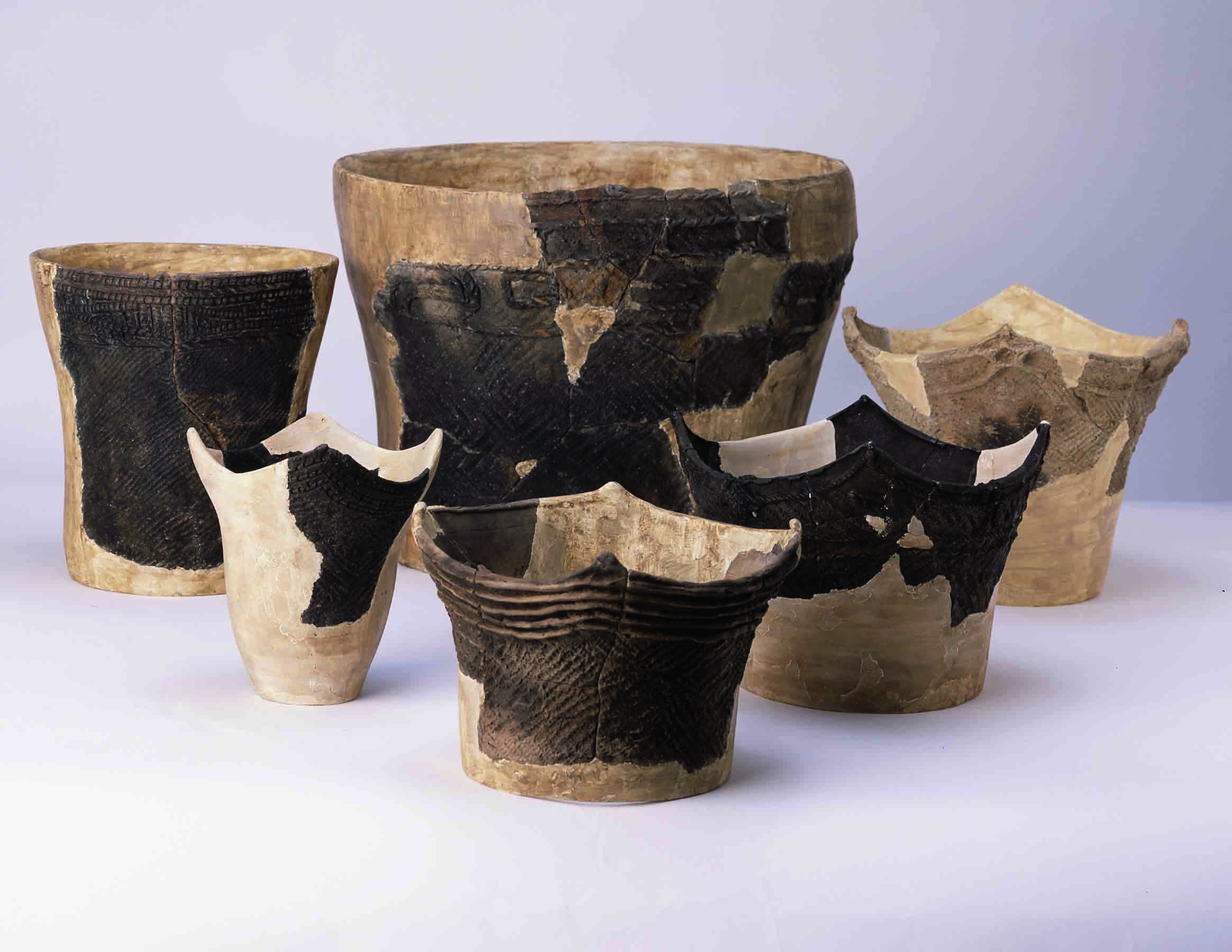The largest naval invasions in history were the seaborne assaults of 1274 and 1281 on Japan by Mongol, Chinese, and Korean soldiers, marines, and sailors under orders from Emperor Khubilai Khan. According to legend, the ships numbered in the thousands and more than 100,000 men participated in the 1281 attack. Both invasions were part of the Khan’s plan to assimilate Japan into the Mongol Empire—and both failed. Japanese legend and an account by Marco Polo blame the defeat on a heavenly sent wind, or storm, in response to prayers for deliverance. The legend of that wind, the “kamikaze,” would later inspire Japanese World War II pilots to fly their planes into Allied ships. Since the 1980s, and especially in recent years, archaeological surveys and excavations led by Torao Mozai and Kenzo Hayashida have yielded a large number of artifacts, including weapons, armor, containers for provisions, personal items, and the fragmented remains of some of the ships. Analysis by Randall Sasaki and Jun Kimura of the Chinese-built warships has revealed that they were far more advanced in their construction and technology than contemporary European craft. And excavations have yielded the oldest sea-going bombs, catapult-launched ceramic shells packed with gunpowder and metal shrapnel. In addition, archaeological research has been able to augment limited documentary evidence of the details of the Japanese defense and victory. Finds offer clear evidence of the use of fire ships—craft set ablaze and launched at the enemy—and of hand-to-hand combat on decks. These efforts held the invaders off the beaches until a seasonal typhoon wreaked havoc. Further, excavations show that the attacking ships were rushed into war and appear to have been in poor condition, some from the ravages of battle and some from having been built in haste. Inadequate preparations on the part of the attackers, compounded by what became a protracted siege against an indomitable foe, spelled defeat when time ran out and the weather turned. These archaeological discoveries not only bring a legend to life, but also have helped to greatly increase our knowledge of naval warfare in Asia.
